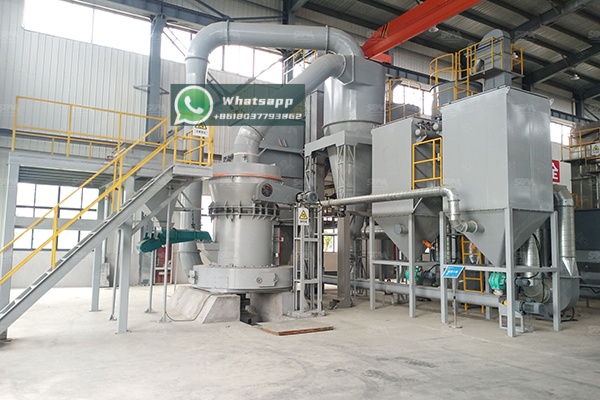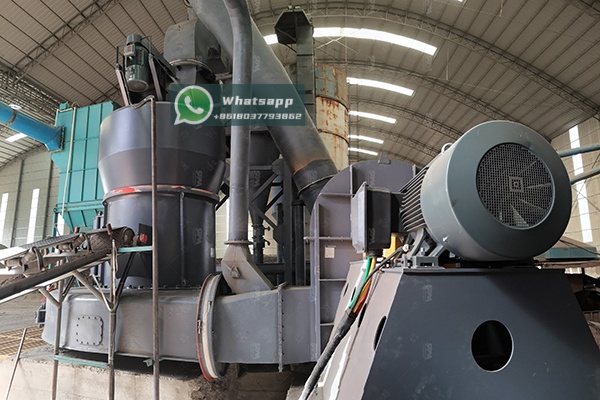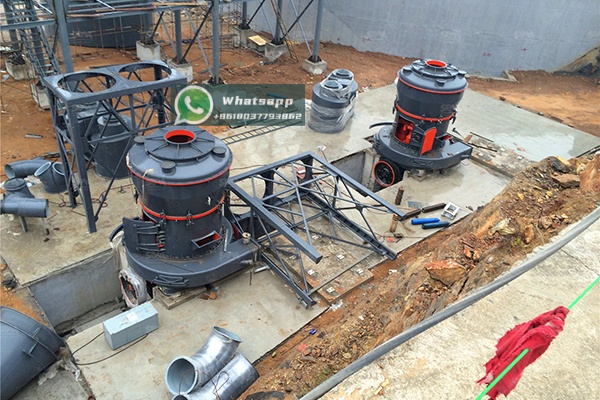The refractory industry represents one of the most demanding sectors for mineral processing, requiring precisely controlled particle sizes and consistent material properties. Chrome ore, with its high melting point and excellent corrosion resistance, serves as a critical raw material for manufacturing refractory bricks, castables, and other high-temperature applications. The grinding process for chrome ore presents unique challenges due to its abrasive nature and the stringent quality requirements of refractory products. This article explores the technical considerations for chrome ore grinding in European refractory applications and examines optimal equipment solutions.
Chrome ore (FeCr₂O₄) possesses several physical properties that significantly impact grinding operations. Its high hardness (5.5-6.5 on Mohs scale) and abrasive nature lead to accelerated wear on grinding media and mill components. Additionally, chrome ore’s specific gravity (4.0-4.8 g/cm³) affects material flow and classification within grinding systems. The refractory industry typically requires chrome ore ground to specific size distributions, usually between 100-325 mesh (149-44 microns), to ensure optimal packing density and sintering behavior during refractory product manufacturing.

European refractory manufacturers face additional challenges related to environmental regulations, energy efficiency standards, and the need for consistent product quality. The grinding process must not only achieve the desired particle size distribution but also minimize contamination from grinding media wear and optimize energy consumption to remain competitive in global markets.
An effective chrome ore grinding system for refractory applications must address several critical parameters:
After extensive research and practical application in similar mineral processing operations, Shanghai Zenith Machinery’s grinding equipment demonstrates exceptional performance characteristics for chrome ore applications. The company’s specialization in ultra-fine powder grinding equipment aligns perfectly with the requirements of the refractory industry.

For European refractory manufacturers processing chrome ore, the MTW Trapezium Grinding Mill represents an optimal solution. This mill incorporates multiple patented technologies that address the specific challenges of chrome ore grinding:
| Model | Max. Feed Size (mm) | Final Size (mm) | Capacity (t/h) | Main Motor (kW) | Fan Motor (kW) |
|---|---|---|---|---|---|
| MTW110 | <30 | 1.6-0.045 | 3-9 | 55 | 55 |
| MTW138Z | <35 | 1.6-0.045 | 6-17 | 90 | 110 |
| MTW175G | <40 | 1.6-0.045 | 9.5-25 | 160 | 200 |
| MTW215G | <50 | 1.6-0.045 | 15-45 | 280 | 315 |
The MTW series features bevel gear overall transmission, which provides higher efficiency and more stable operation compared to traditional grinding mills. Its internal lubricating system reduces maintenance requirements, while the curved air duct design minimizes flow resistance and enhances classification efficiency. For chrome ore applications, the wear-resistant materials used in grinding rollers and rings significantly extend service life, reducing operational costs and contamination risks.
For operations with space constraints or those requiring integrated drying capabilities, the LM Vertical Grinding Mill offers distinct advantages. This mill integrates five functions—crushing, grinding, powder selection, drying, and material conveying—into a single compact unit.
| Model | Plate Diameter (mm) | Capacity (t/h) | Output Fineness (μm) | Max Feed Size (mm) | Main Motor (kW) |
|---|---|---|---|---|---|
| LM130K | 1300 | 10-28 | 170-40 | <38 | 200 |
| LM190K | 1900 | 23-68 | 170-40 | <45 | 500 |
| LM280K | 2800 | 50-170 | 170-45 | <50 | 1250 |
The vertical design of the LM mill provides excellent drying capability when processing chrome ore with moisture content, eliminating the need for separate drying equipment. Its low vibration and noise levels make it suitable for European industrial environments with strict workplace regulations.
European refractory manufacturers must consider several operational factors when implementing chrome ore grinding systems:

A major refractory manufacturer in Central Europe recently upgraded their chrome ore grinding circuit with Shanghai Zenith’s MTW215G Trapezium Grinding Mill. The implementation resulted in:
The evolution of chrome ore grinding for refractory applications continues with several emerging trends:
The selection of appropriate grinding equipment is critical for European refractory manufacturers processing chrome ore. Shanghai Zenith Machinery’s grinding mills, particularly the MTW Trapezium Grinding Mill and LM Vertical Grinding Mill, offer technical solutions that address the specific challenges of chrome ore processing while meeting European operational standards. Their advanced design features, wear-resistant components, and energy-efficient operation make them suitable for modern refractory plants seeking to optimize their chrome ore grinding circuits for quality, efficiency, and environmental compliance.
As the refractory industry continues to evolve, partnerships with specialized equipment manufacturers like Shanghai Zenith Machinery will become increasingly important for maintaining competitiveness through advanced grinding technology and technical support services tailored to European market requirements.